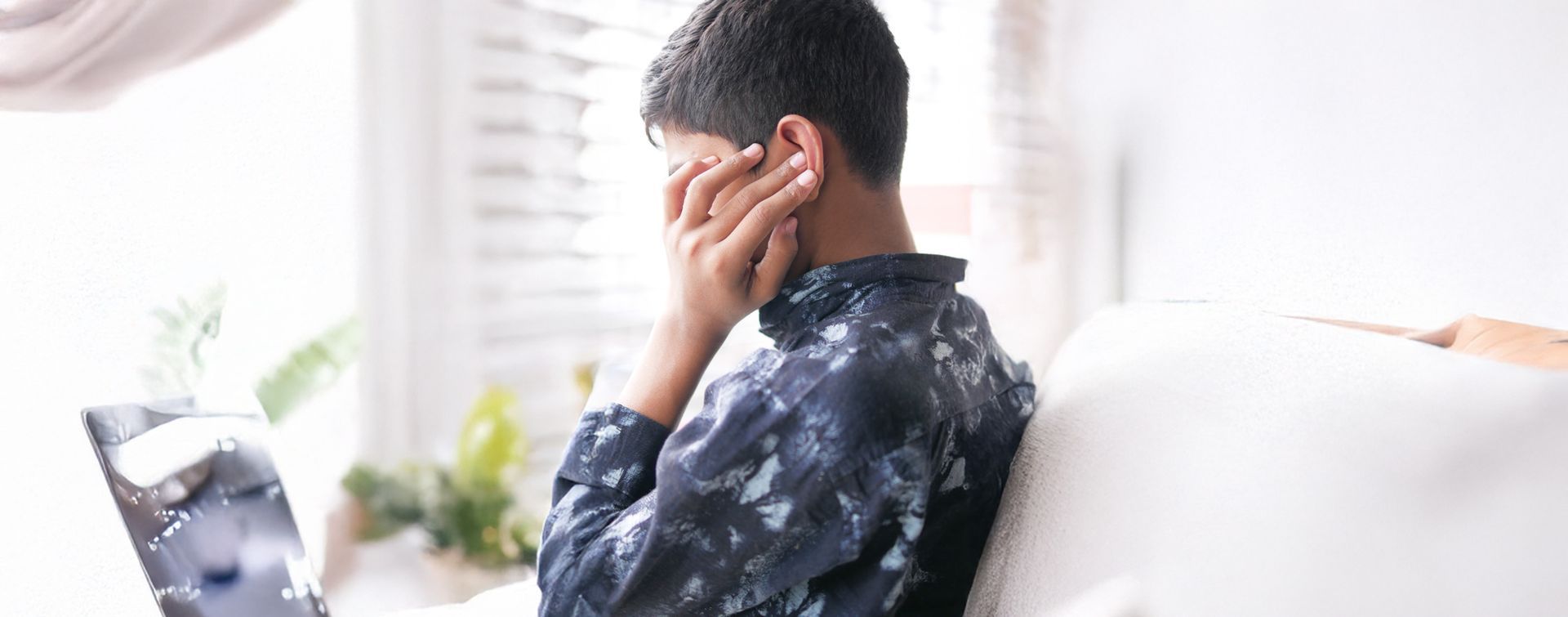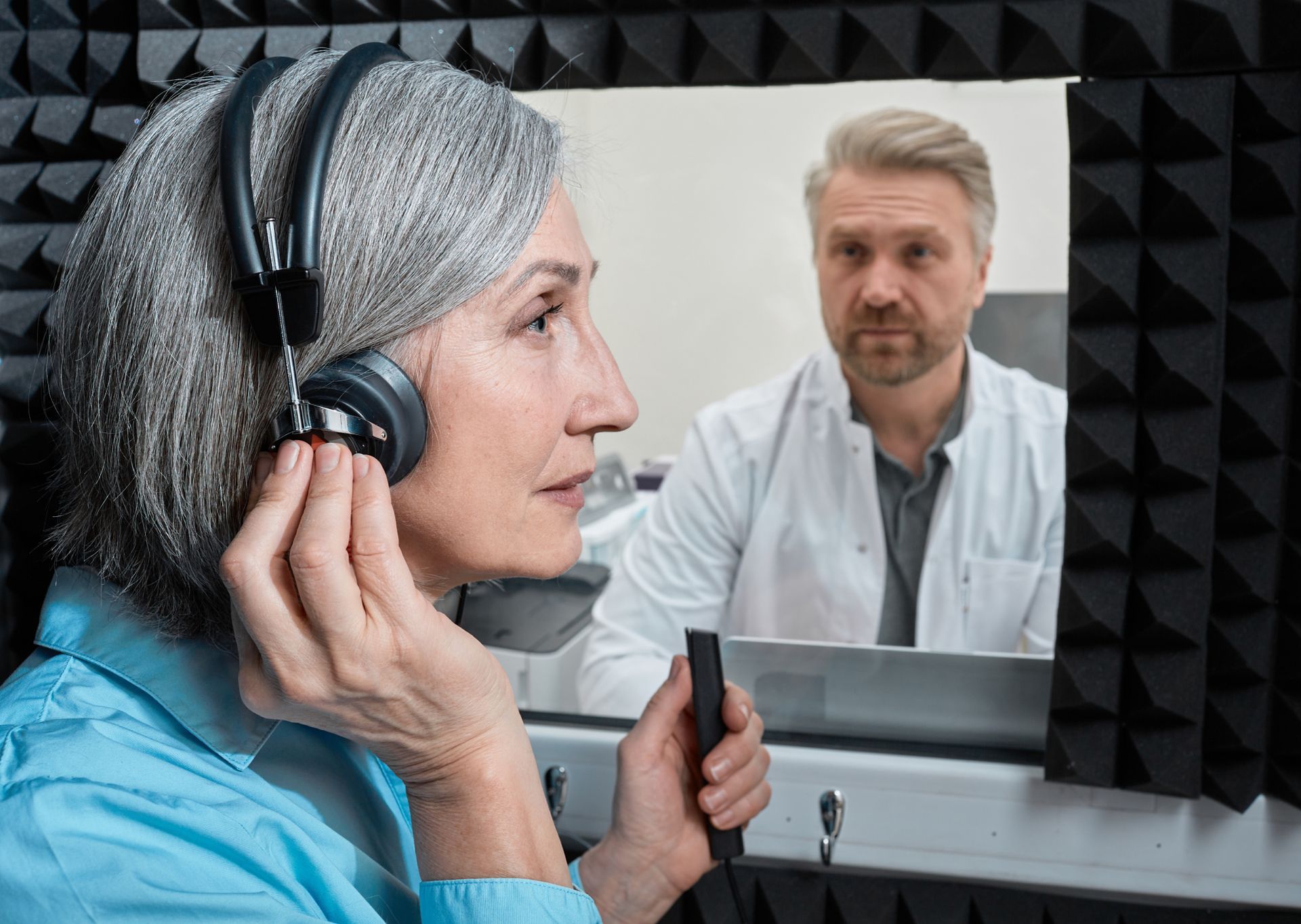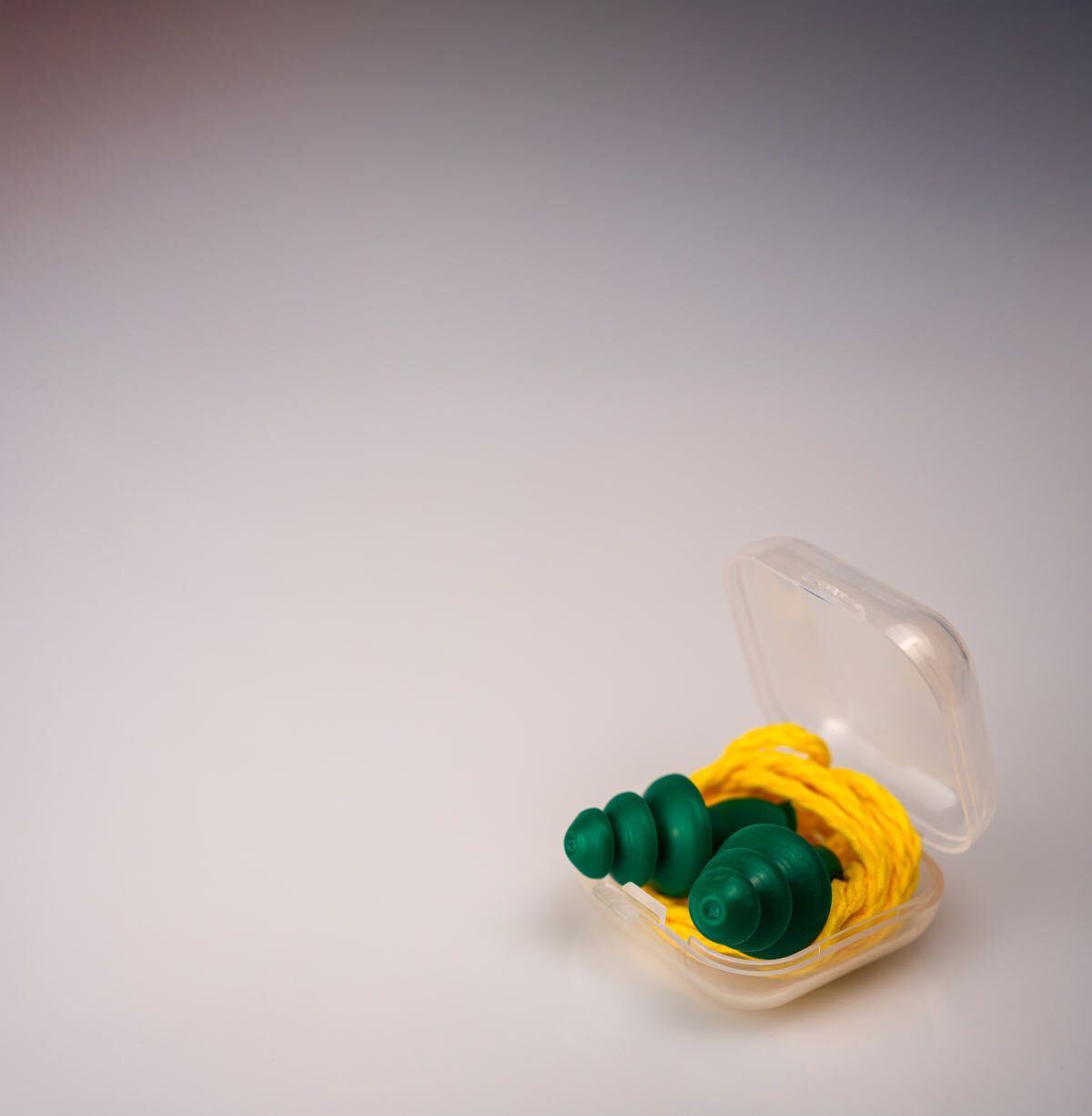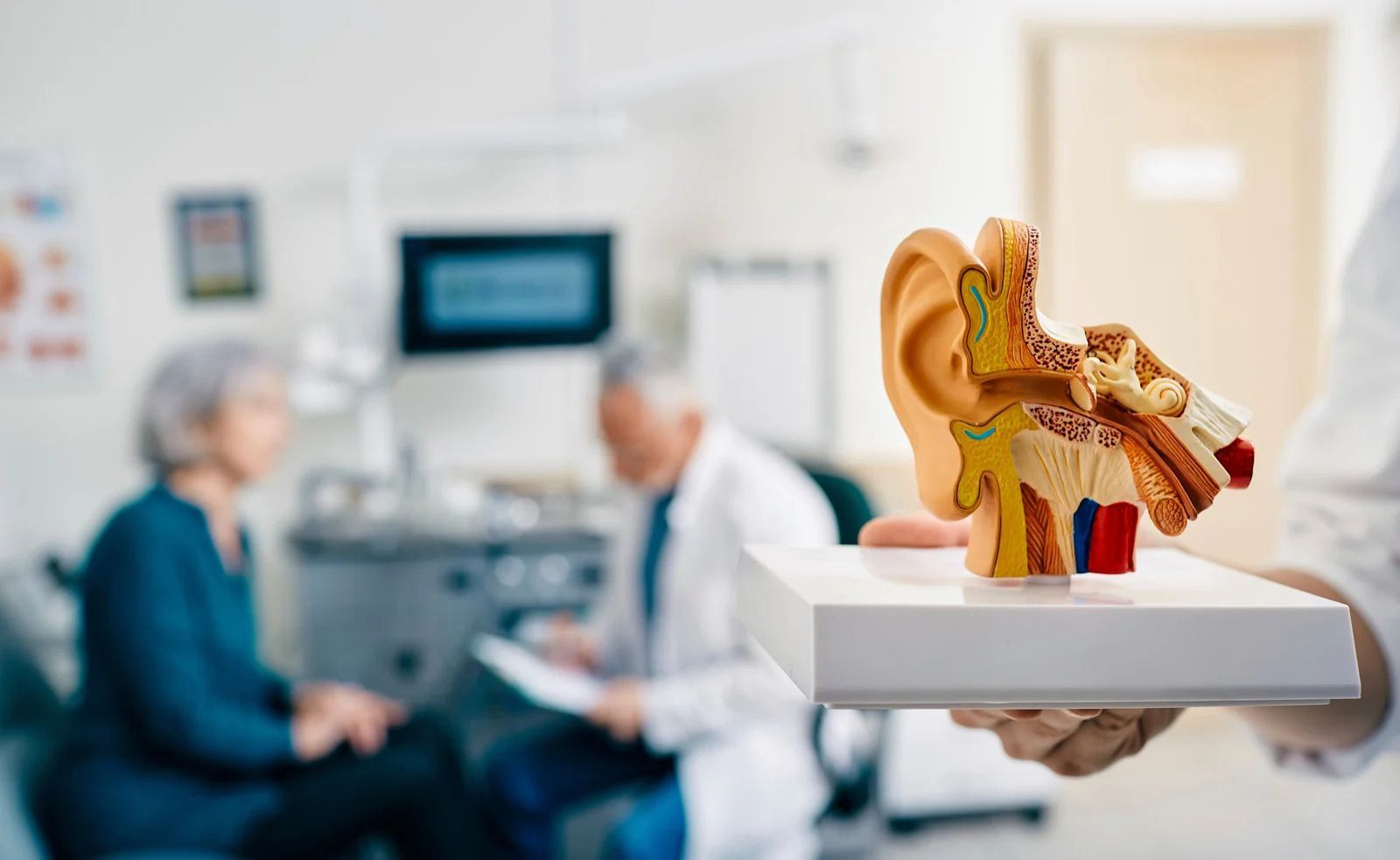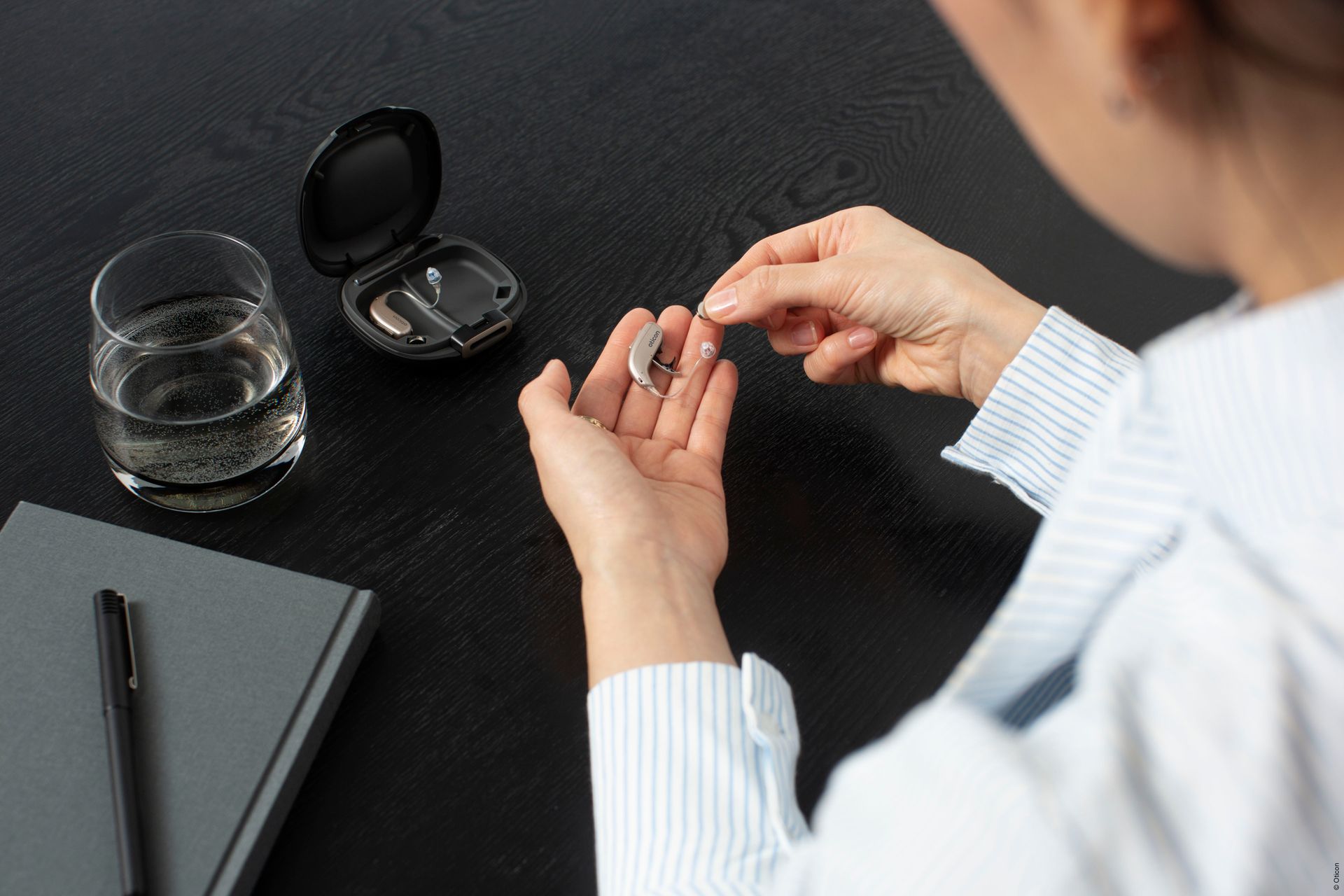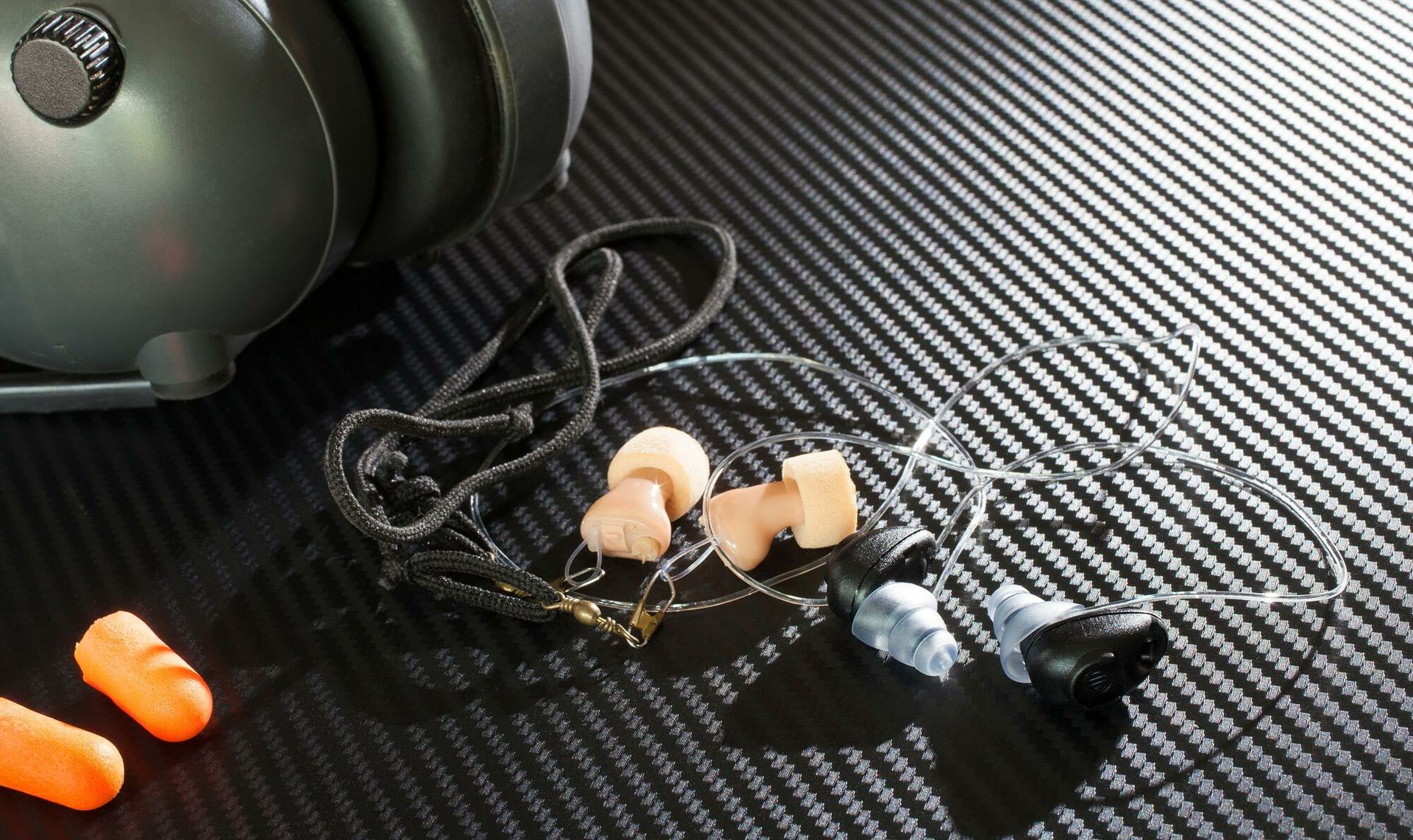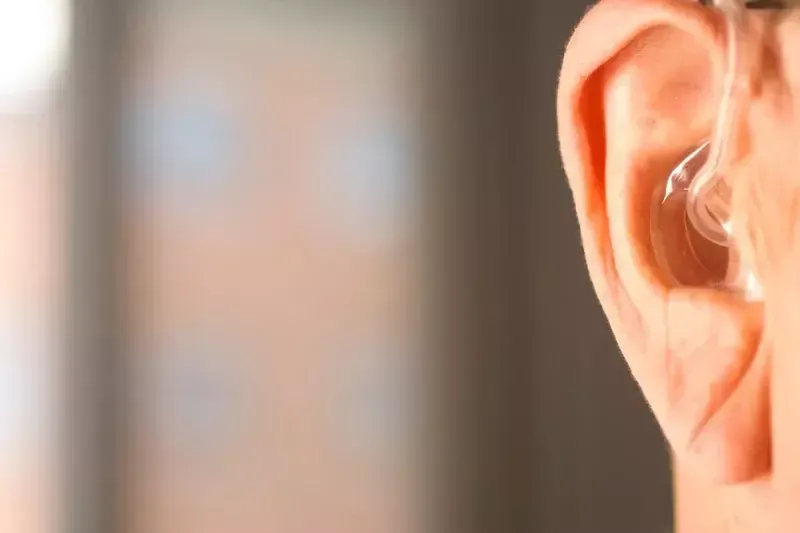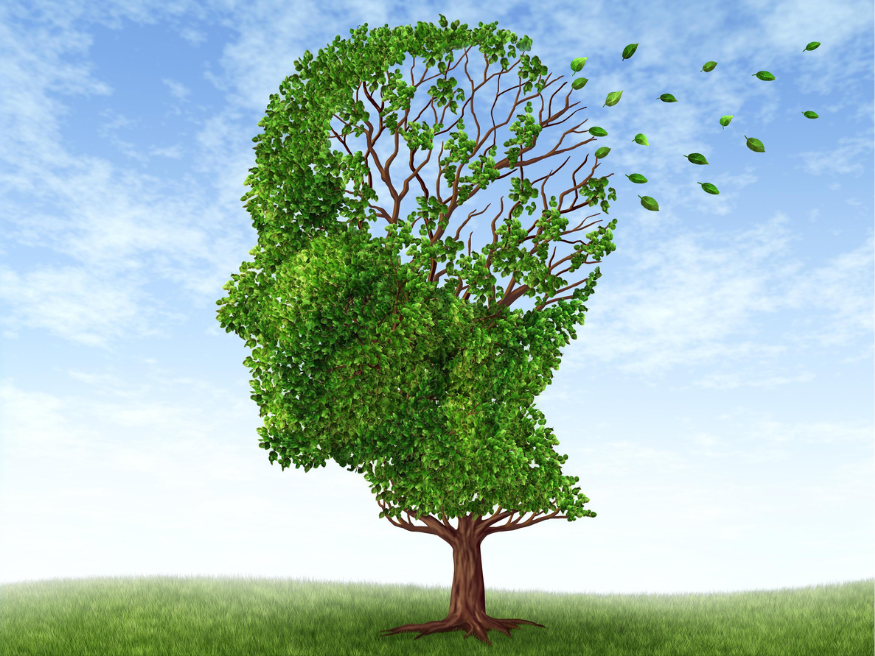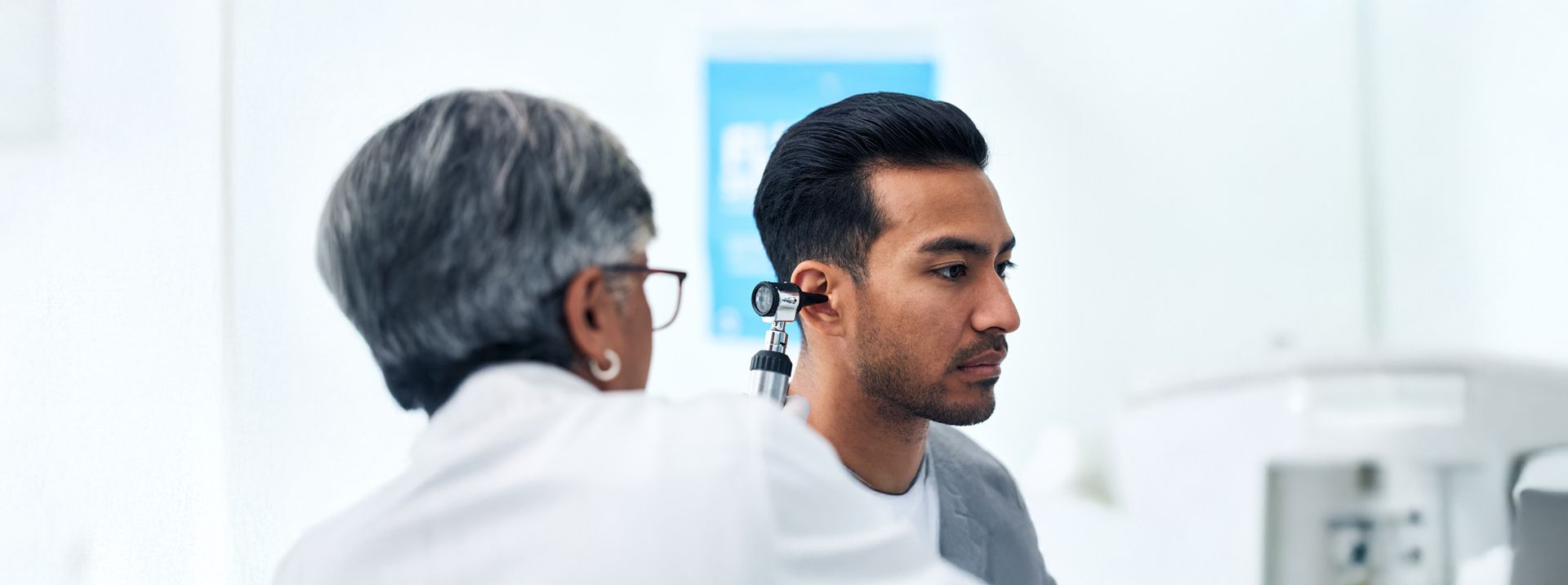Incorporating New Accessories into Modern Hearing Aid Technology
What began as clunky pieces of technology has transformed into the sleek, tech-packed hearing aid devices we see on the market today; capable of syncing with phones and other smart devices with ease. This kind of trend is ever-growing in the industry as our lives become more and more connected.
How have these advancements in technology changed the way we deal with hearing loss? That’s exactly what we’re going to explore together in this article!
Audiology First has always been at the forefront of hearing health and wellness—and we’re here to help you understand what’s available to you + how these devices can help improve overall quality of life!
The Evolution of Hearing Aids
Historical Perspective
Early hearing aids were awkward. Big hunks of metal or horn-shaped ear trumpets that looked more like movie props than actual life-serving tools. They had one goal (and they achieved it): amplify sound. Which sound? Every sound. This didn’t exactly go over well for early users…but these early devices laid the groundwork for what was to come…
Vacuum tubes and transistors came along to change the game in the 1920s and ‘50s, respectively. Suddenly, hearing devices were starting to gain respect from the general public, and actually make a noticeable difference in people’s lives.
Current Trends
Has the trend continued in the hearing aid space? Most definitely. Today’s hearing aids are tiny, discreet, and packed with modern technology. Bluetooth connectivity, smartphone syncing/compatibility, and even AI is being used to help people figure out what they would want to hear in different environments.
Accessories now play a vital role in this evolution, offering users a more holistic hearing solution tailored to their unique needs and environments…
Modern Accessories Enhancing Hearing Aids
You might be asking, “What are hearing aid accessories?” Basically, these are add-ons designed to boost functionality and comfort for the user. Remote controls, streaming devices, additional microphones, and custom ear molds all fall under this category. Each is crafted to make the hearing aid more versatile and user-friendly.
A More Detailed Look…
Remote Control & Apps
Remote controls and smartphone apps eliminate the need to try and tinker with tiny buttons on your hearing aids. It’s far more convenient, allows for better tuning, and helps to avoid drawing attention to the ears during everyday interactions.
External Microphones & Streaming Devices
Noisy environments make hearing supplementation tricky. External microphones help a person zero in on a speaker’s voice by delivering clearer audio straight to the hearing aid. Streaming devices take this a step further, allowing users to enjoy show or music wirelessly!
Additional Customization
Custom ear molds can increase sound quality by providing a better fit, tailor-made to the shape of a person’s ear. This becomes especially noticeable when working with the hearing aid across a range of different environments; from windy parks to quiet office spaces.
Integration With Smartphones & Bluetooth
The Role of Smartphones
App-based controls make adjusting one’s hearing aid settings as easy as checking a text message. This has significantly improved the user-interface of hearing aids, allowing people to make real-time tweaks and even create personalized sound profiles. Even troubleshooting has received an upgrade—problems can often be solved remotely through software updates and modifications.
Bluetooth Connectivity
Bluetooth technology is really the framework behind these innovative connections, allowing hearing aids to connect seamlessly to your phone, tablet, or even TV. The benefits stretch as far as you can imagine; stream phone calls, podcasts or ambient sounds straight into the ears without any extra gadgets.
Practical Applications
From wading through office chatter in a business meeting to adjusting for wind on a long hike in the mountains, modern hearing aid accessories and technology help people to be fully integrated with the world around them. Clarity and comfort are no longer optional nice-to-haves—they are available for everyone, and getting more affordable every year.
User Benefits & Future Trends
Real-world practicality is the only real metric someone using modern hearing aids will care about. We’re lucky to live in a time where there have never been more options available to patients when it comes to improving their hearing.
- Sharper audio quality
- Easier control
- Syncing w/smart devices
- Greater independence
- Hands-free control
Having a hearing aid no longer has to interrupt your work, leisure time, or personal life. These modern advancements translate to real-world wins that will help you live life to your fullest each and every day!
Future Innovations
What’s next in the world of hearing aids? AI is definitely going to be making a bigger impact in the near future. Smarter adjustments, optimized noise reduction, and faster syncing with your devices is sure to continue pushing modern hearing aid technology towards a better experience at an even cheaper price point!
From their humble beginnings to today’s high-tech products, hearing aids have undergone a remarkable transformation. Modern accessories and Bluetooth-smartphone integration are at the heart of this shift, delivering unmatched performance and convenience to patients across Canada and the world.
Ready to hear the difference? Explore more at Audiology First—Southern Alberta’s #1 audiology clinic. Schedule an appointment with us today!
